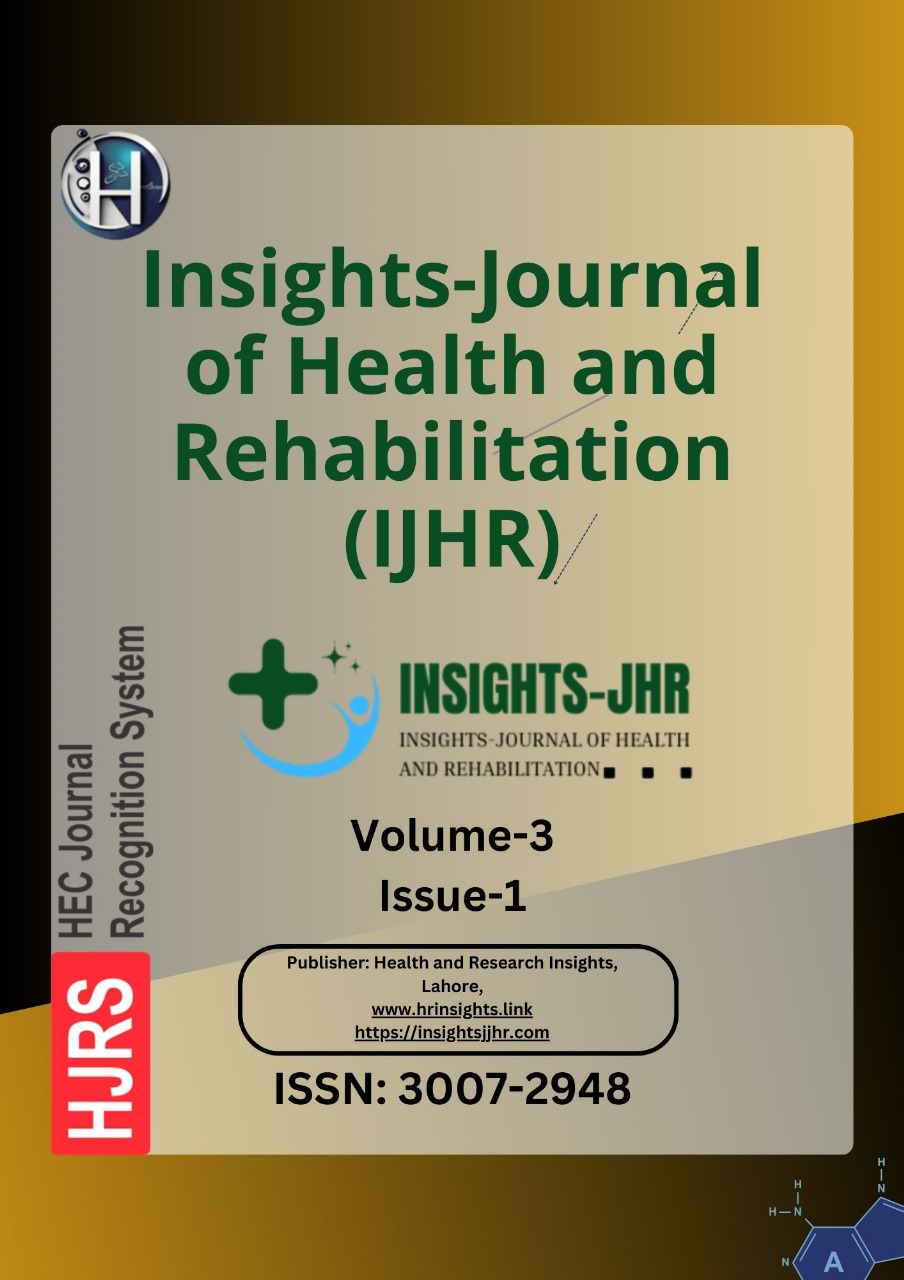AGE ESTIMATION USING STERNAL END OF CLAVICLE OSSIFICATION ON COMPUTED TOMOGRAPHY (CT SCAN): A POPULATION-BASED STUDY
DOI:
https://doi.org/10.71000/a5tkfc22Keywords:
Age determination by skeleton, clavicle, forensic anthropology, ossification, population study, regression analysis, tomography X-ray computedAbstract
Background: Age estimation plays a critical role in forensic and clinical medicine, particularly in legal and medico-legal contexts where determining chronological age is essential for criminal responsibility, immigration cases, and unidentified human remains. Skeletal maturation assessments using clavicular ossification have gained prominence due to their reliability beyond adolescence. The medial clavicular epiphysis is one of the last skeletal sites to fuse, making it a crucial anatomical structure for age estimation. Computed tomography (CT) imaging provides high-resolution assessment of ossification stages, reducing interpretative errors associated with conventional radiography.
Objective: This study aimed to evaluate the correlation between medial clavicular ossification stages and chronological age using CT imaging and to develop regression models for age estimation in a defined population.
Methods: A cross-sectional, population-based study was conducted at Hayatabad Medical Complex Peshawar and Khyber Girls Medical College Peshawar between January 2024 and July 2024. A total of 142 individuals (84 males, 58 females) aged 8–30 years were included. High-resolution CT scans with a slice thickness of 1–2 mm were used to assess the sternal end of the clavicle. Ossification stages were classified using a standardized five-stage system. Intra- and inter-examiner reliability was evaluated using the Kappa coefficient. Statistical analyses included t-tests, Spearman’s correlation, and multivariate logistic regression to predict chronological age based on clavicular ossification.
Results: The mean age of participants was 21.46 ± 4.97 years. Intra-examiner and inter-examiner reliability assessments yielded Kappa values of 0.854 and 0.753, respectively. Developmental differences between right and left clavicles were not statistically significant in males (p = 0.08) or females (p = 0.41). Stage 1 ossification was observed as early as 8 years in females and 15–17 years in males. Stage 2 was present between 15 and 20 years in males and between 16 and 18 years in females. Stage 3 occurred within 15–23 years for both sexes. Stage 4 was noted from 19–30 years in females and 20–30 years in males. Complete fusion (Stage 5) appeared at 20–30 years in males and 22–30 years in females. Regression models demonstrated a high coefficient of determination (R² = 0.98), confirming the predictive accuracy of clavicular ossification for age estimation.
Conclusion: CT imaging proved to be an effective tool for age estimation by providing precise visualization of clavicular ossification stages. The findings support the reliability of medial clavicular fusion as a forensic age marker, emphasizing the need for population-specific reference data. Future studies should incorporate larger sample sizes, particularly younger individuals, to further refine age estimation models for forensic and medico-legal applications.
Downloads
Published
Issue
Section
License
Copyright (c) 2025 Anwar Ul Haq, Naheed Siddiqui (Author)

This work is licensed under a Creative Commons Attribution-NonCommercial-NoDerivatives 4.0 International License.







